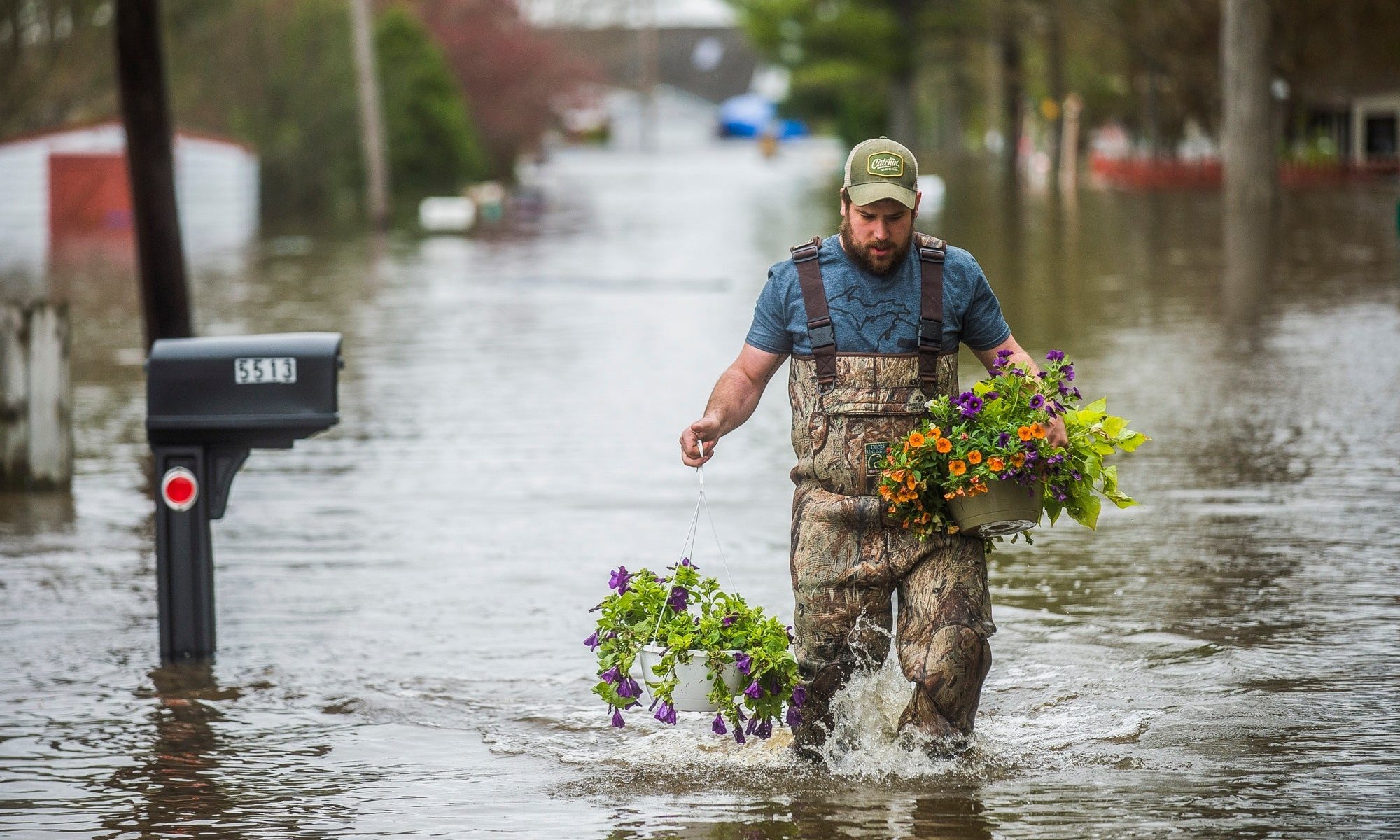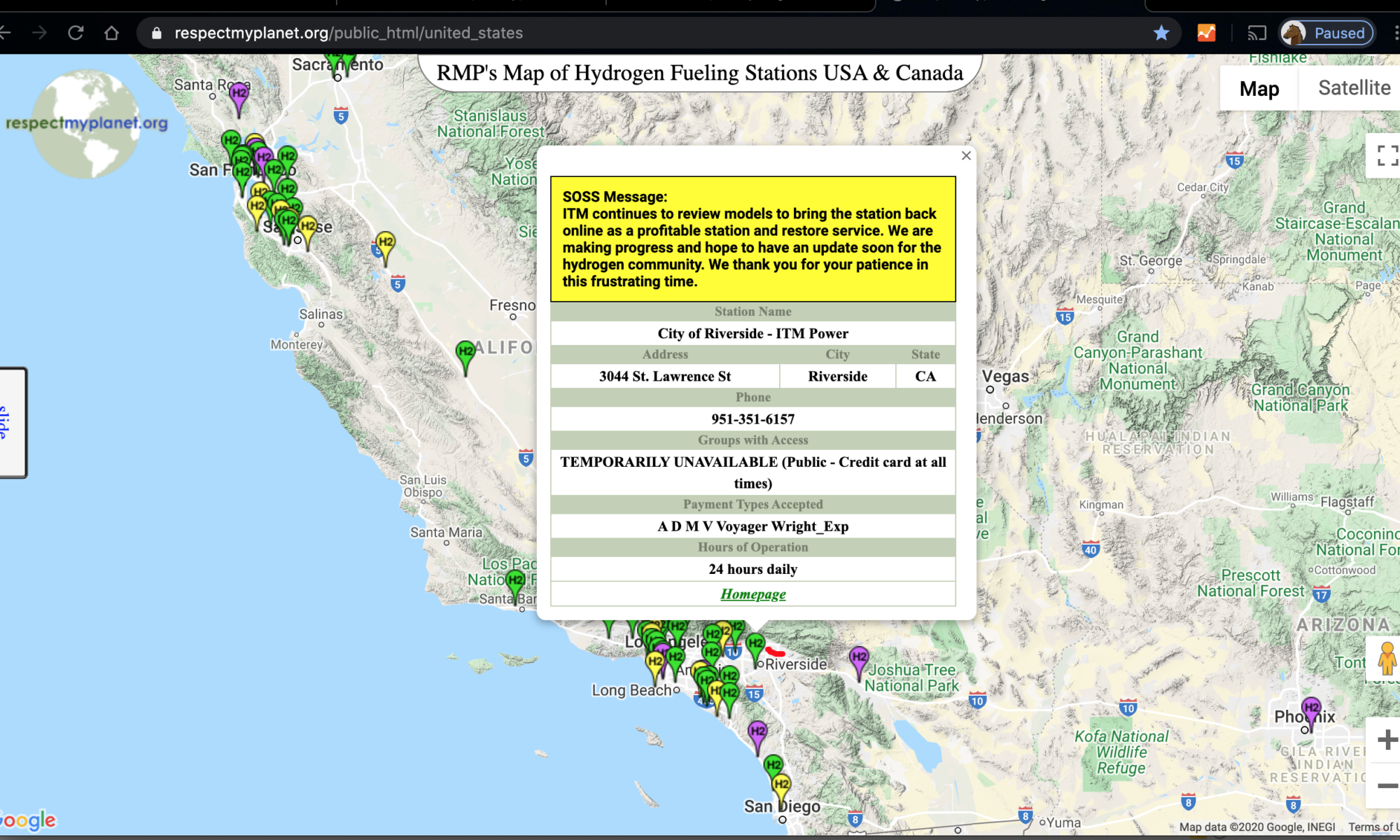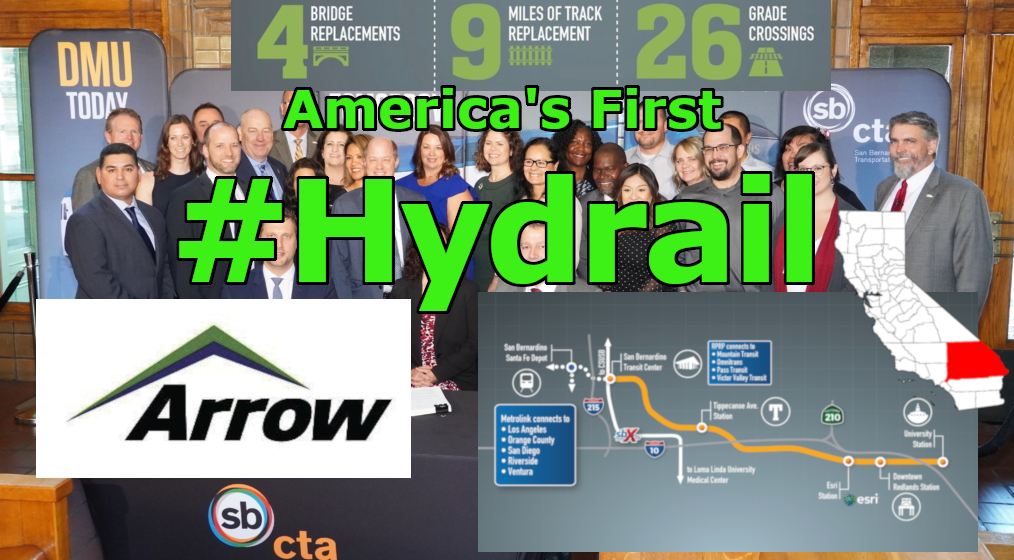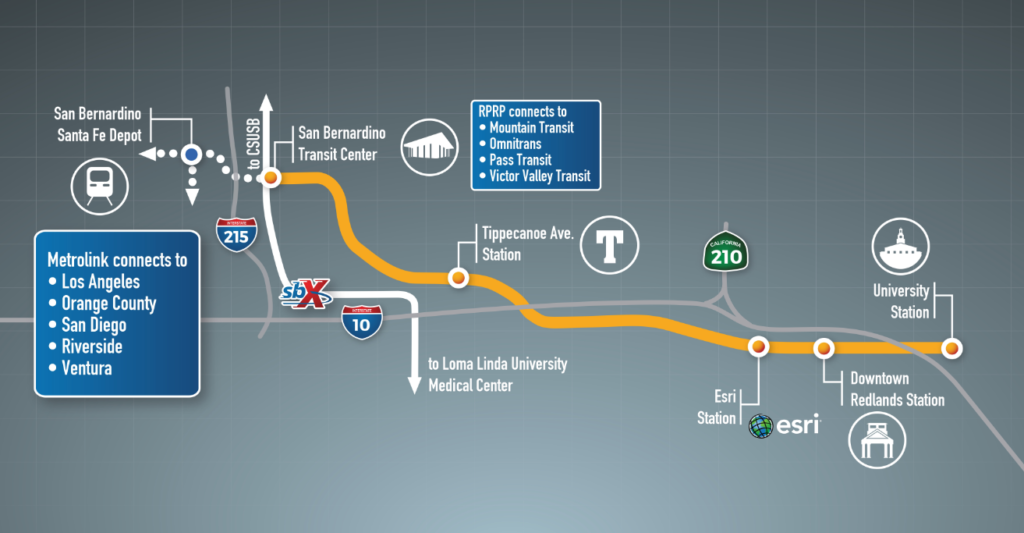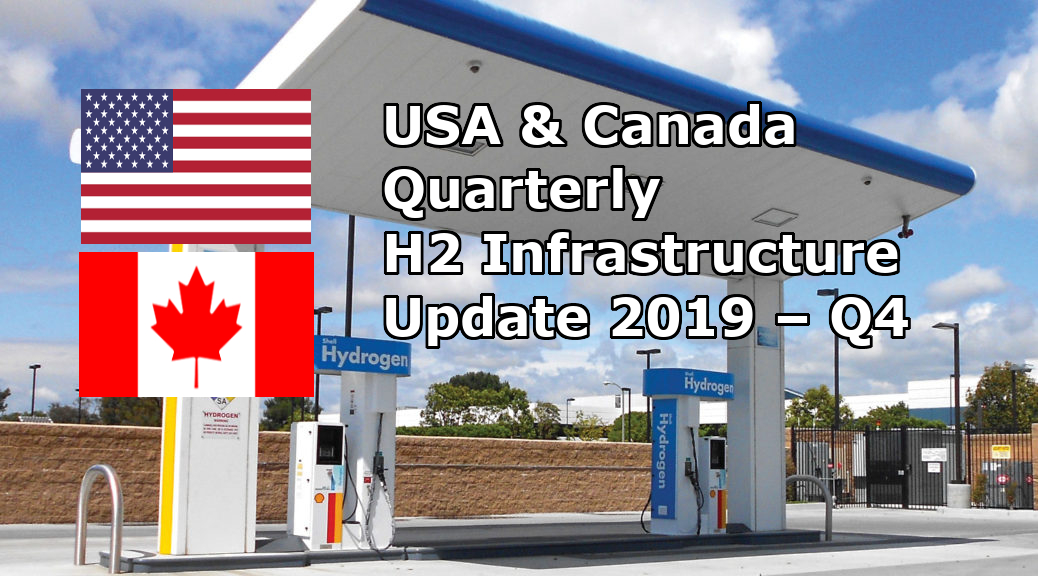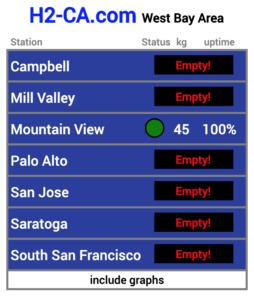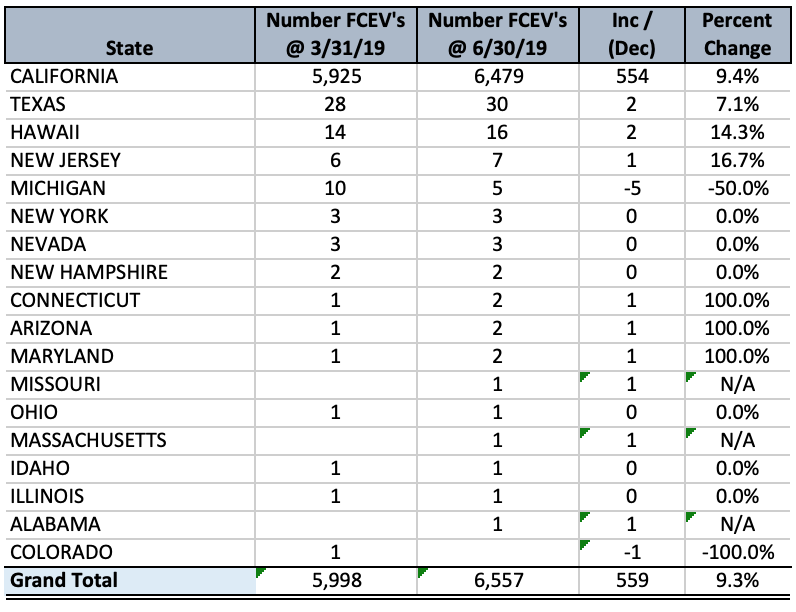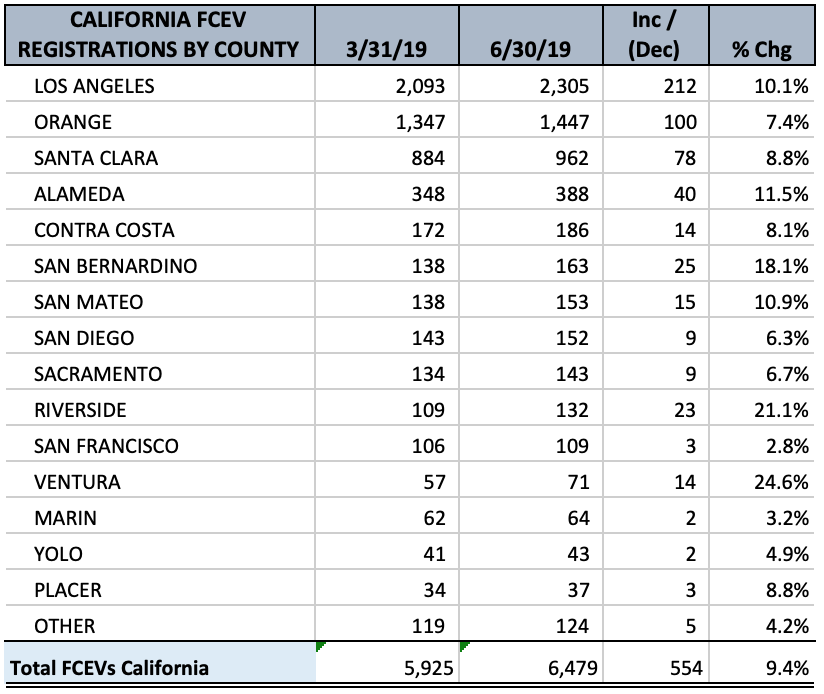One of the greatest tragedies in Michigan environmental history has occurred this past week when the Edenville Dam failed May 19, 2020. The environmental devastation from Midland to Saginaw Bay and Lake Huron is incalculable. The financial damage will crush the equity of so many downstream and strain Michigan’s environmental remediation budget for decades for cleanup of toxic sediment where we pull our drinking water & fish. The failure of the Edenville Dam & loss of Wixom Lake is a disaster it seems that could have been avoided by targeting safe lake levels rather than vanity lake levels. Safety wasn’t put first and the dam is gone.
In the days ahead we will hear political attacks & see sensational video of devastation of homes & property. We will have reporters, scientists, & engineers from across the state investigating what went wrong to get to where we are today. Two reports that RMP will investigate today are good reports to help shed light on what was going on before the dam failed:
1) The Four Lakes Lake Level Study prepared by Spicer Group & with support from Clark Hill at the behest of the Four Lakes Task Force (FLTF), the Gladwin County Board of Commissioners & the Midland County Board of Commissioners. The lake level study was published in April 2019. It was the support case used to get Judge Stephen Carras’ signature.
2) The Four Lakes Task Force 2019 Annual Report and Operating Plan published April 16, 2020. It is very interesting that the comprehensive annual report for the Four Lakes Task Force was published just a few weeks before the dam would have catastrophic failure. The annual report gives a comprehensive view into many legal & financial considerations of fixing the dam just before Edenville’s dam failure became a national spectacle; the financial report is a snapshot of the situation just before disaster struck.
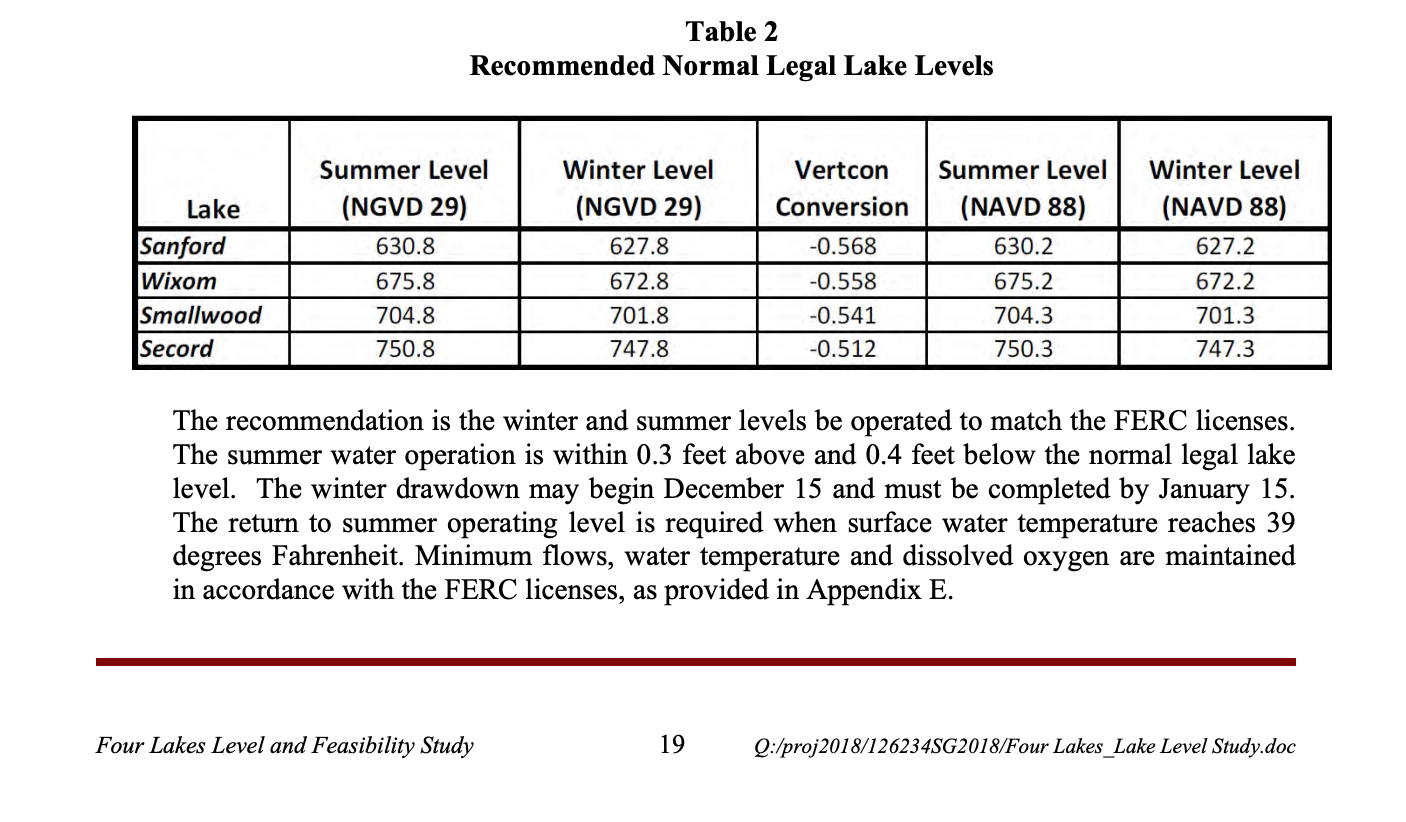
A term you will read again & again in the coming weeks will be the “legal level” of the lake that was set by Judge Stephen Carras when he signed the Lake Level Order under Part 307 of the Natural Resources and Environmental Protection Act, 1994 PA 451, as amended (MCL 324.30701 et seq) (“Part 307”). Judge Carras’ signature established normal or legal lake levels for Wixom, Sanford, Smallwood and Secord Lakes (“Four Lakes”). The Four Lakes Special Assessment District (SAD) recognized the authority of FLTF as the County Delegated Authority, to acquire, repair and then operate the four dams on behalf of Midland and Gladwin counties. The “normal levels” of the lake were provided in The Four Lakes Lake Level Study published by the Spicer Group commissioned by the FLTF. Dana Nessel, Michigan’s Attorney General, has already referenced the “legal level” on her twitter account stating officially “The State did not set the water level for Wixom Lake, a court did”. She also goes on to say the purpose of EGLE & DNR’s lawsuit is not to raise water levels but it “seeks damages for the past illegal lowering of the lake” in 2018 & 2019 that killed mussels.
Our hearts are with everyone affected by the disaster in Midland County and we are focused on assisting with any legal efforts necessary to provide relief.
Due to a significant amount of misinformation, we would like to bring the public's attention to the following: pic.twitter.com/O6PNsMLaEY
— Michigan Attorney General Dana Nessel (@MIAttyGen) May 23, 2020
This notion that Boyce should not lower water levels because it could kill mussels seems illegitimate with evidence from the two key documents referenced in this article. A more likely scenario of events seems plausible after reading both documents in conjunction with each other: the lake levels were raised for vanity, not to protect mussels. That leads us to serious questions that need to be answered: Why would the State be going after money from a company that doesn’t have enough money in its coffers to make safety upgrades to the dam? The “mussels” story doesn’t pass the smell test. A thorough investigation into what motivated the impetus of the “legal level” will be focus in this post. Safety of the citizens of Michigan & our fresh water resources were assumed to be givens that could carry on operating safely based on the report commissioned by the FLTF that was used to set the lake levels. But make no mistake, the levels were set to provide recreation & beauty more than they were focused on safety.
Safety does not appear to be the short term focus of the recent Four Lakes Lake Level Study but rather a long term goal to be achieved by 2024. It was well known for years the Edenville Dam was in disrepair and did not meet State of Michigan dam safety standards, in accordance with Part 315 “Dam Safety” of NREPA, MCL 324.31501 et seq. (Part 315). There was a long term plan to achieve safe status, but the paramount short term impetus of the Four Lakes Lake Level summary was to keep lake levels high. It’s stated as the first point in the in the very first page of the introduction & summary of the Lake Level Study where it reads:
“The flowage rights for remaining lakes, for the most part, are currently held by Boyce Hydro. Due to this private ownership of lake bottoms, the riparian rights of most of the property owners surrounding the lakes are limited. Thus, the lakes can be lowered or drained with minimal consideration to the interest of the property owners who have invested into the properties surrounding the lakes. The Counties of Midland and Gladwin have petitioned the Circuit Court to establish legal lake levels to protect the interests of the property owners who directly benefit from the existence of these lakes as well as the interests of the Counties.” Further stated in the study is that the FLTF “are pursuing preemptive action to avert the draining of the lakes”.

The property owners who have invested in lake frontage on these man made lakes commissioned a report to establish legal levels of the lakes to protect the interests of the property owners who benefit from the existence of shore front property on these lakes. That is literally what it says in the introduction of the document. In the 332 page comprehensive study into the establishing a legal lake level, the word “mussel” appears exactly ZERO times. It’s a ridiculous notion that the spirit of the State of Michigan’s lawsuit filed against Boyce Hydro is about harming mussels; it’s a trumped up charge tantamount to abuse of power by the State Attorney General. The State of Michigan surely wanted to sue Boyce Hydro, but the mussels angle doesn’t seem legitimate, it seems like a regular old schoolyard bully message “just to show you who’s boss, I’m going to sue you for millions so you’ll think twice before ever lowering that lake again” . This is a man made lake, why would you sue someone for $5M that you’re supposed to be working with to help finance dam repairs? If you can’t afford dam repairs before a $5M lawsuit, your ability to afford them afterward would be, well, less. Why would you attack the company entrusted to work with the MDEQ/EGLE to operate the dam? Even if you’re pissed off at Boyce, you have to put on a professional face and work to make things safe to protect our natural resources. But how did we get to this adversarial point where Michigan’s Attorney General filed a lawsuit against the dam operator for not maintaining “legal levels” established by the Spicer Group report commissioned by the FLTF that acted as a key instrument in support of the decision that was signed by Judge Stephen Carras?
What prompted the FLTF to form?
The formal work of Four Lakes Task Force (FLTF) was set in motion in September 2018 when the Federal Energy Regulatory Commission (FERC) revoked the power generation license from Edenville Dam. The FERC license was revoked because the dam was determined to be non-compliant with FERC regulations. Shortly after FERC’s revocation of the license, the dam owner drained Wixom Lake by approximately 8 feet. The FLTF was not aware of objections or violations from MDEQ or MDNR to lowering the lake and this angered homeowners and was the genesis of the FLTF.
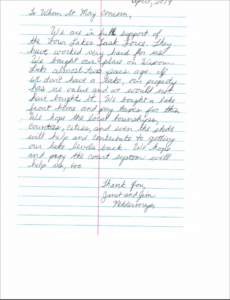
Its logical that the FLTF was formed because private owners of lake front parcels & private owners of parcels with dedicated easement access were pissed off that Boyce Hydro controlled the lake levels without their input & lowered the lake level by 8 feet. This is the precipitous moment that ultimately led to establishing higher lake levels through a lengthy legal process not bounded to common sense & in fact made it illegal to lower the lake levels to safe levels. Think about that: it was now illegal to lower the lake levels even if you thought it could be for safety reasons. Remember also that the Edenville Dam was noted for being in serious disrepair for many years & should have NEVER had its level raised until repairs were completed.
It’s obvious that the FLTF was working hard and doing all they could to establish a plan to protect the investments of parcel owners. The FLTF was not trying to create one of the biggest environmental catastrophes in Michigan history. To work hard to protect your investment is noble & American but oversight of the safety was drowned out for the vanity of lake levels and aesthetics. None of the parcel owners on the lake would have wanted to see their equity lowered through this disaster for sure but that’s what happened with poor oversight. The FLTF was trying to do what red blooded Americans do: protect their investments as best they know how.
There are 6,555 private parcels of property with lake frontage & 1,961 parcels of private property having dedicated easement access to the four lakes. That’s a lot of people who’s stated motivation is to raise the lake levels. That’s a lot of peer pressure. While the stated purpose in all the legal documents is to have the court set a “legal level” based on historical levels, there is a reasonable amount of evidence to show the mission of the FLTF was to keep the lakes at levels that looked good for their investment properties. Who would want a dock & boat sitting on dry land because the water receded? So if you have competing motivations of keeping the lake levels high from the FLTF and trying to keep the lake levels safe from dam failure, who would referee that debate?
Upon revocation of the FERC license to generate electricity, the FERC relinquished its regulatory oversight to Michigan Department of Environmental Quality (MDEQ) now called EGLE. A serious investigation of the criteria EGLE used in setting safe lake levels & applicable contingencies for emergency lowering of the lake levels must be done as it appears this disaster could have been avoided with common sense actions. The MDEQ/EGLE should be working to put safety first. If the dam was known to be deficient, why allow lake levels to be set to “normal historic levels”? Shouldn’t the levels be a much lower given the dam is in need of serious repair estimated at $20 million dollars & May is historically the most rainy month in Midland? Rumblings percolating on twitter in the echo chamber look like EGLE’s defense is going to be it was climate change that caused the dam failure which reeks of a cop out excuse. It is reasonable to assume that if you’re threatened with multimillion dollar lawsuits from the State Attorney General, you’re going to be afraid to lower the lake level even if you think it could prevent a disaster. Everyone knows that May is historically the rainiest month in in Midland every year for a 1000 years. Shouldn’t May have been a month that lake levels were set to restricted levels until after upgrades were to be completed in 2024?
I have worked back & forth with MDEQ employees for more than 10 years now as a volunteer watchdog over our freshwater resources. I have worked with MDNR employees, and the MPSC to be able to provide the best oil well spill maps of any non-profit 501(c)3 website in Michigan. I learned so much from exchanging emails with Larry Organek to learn how Antrim gas wells are grouped into a production unit across multiple parcels & multiple gas wells. Larry sends me details of Carbon Dioxide Sequestration Units in Michigan too, very helpful and professional. Susanne Biteman is a knowledgeable geologist who worked in the Kalkaska area when high volume hydraulic fracturing came to Michigan and she got an earful from all those anti-frack groups but she always stayed professional. Susanne always returned my emails and helped explain things to me even though much of the geology is difficult to understand. Rick Henderson always returned my emails and would explain oil well construction to me back when I didn’t know much about oil wells. My point is the employees of the MDEQ/EGLE are outstanding people working hard to protect our environment. I believe this through & through. I believe more funding should be going toward engineers who assess the condition of our dams & geologists & hydrologists that protect our fresh water. I believe we should be making it easier for the safety of our water to be the loudest voice in the room with good science to back it up. If you can’t afford the engineers to make good assessments, you should always error on the side of safety and be careful with every single dollar you have to work with.

Consternation is forming with the high leadership of the State’s natural resources not the rank & file engineers, scientists, biologists, geologists, hydrologists, and others who work at the MDEQ now called the EGLE. Consternation is forming with the Attorney General who seems to be bullying the dam owner with a $5M lawsuit when the money is desperately needed for more engineers & remediation, not lawyers & court fees. The director of the EGLE, Liesl Clark, has seemed to have a laissez-faire approach to the top environmental officer job in our state. We know Liesl is on Twitter because she continues to like superficial tweets since the dam failure but has not been visible or vocal about what’s going on since this failure.
Workers in tough conditions across Michigan considered essential through COVID-19 are getting $12/hr and get two 20 minute breaks & one half hour lunch in a 10 hour shift, if they are on their phone checking social media, they get written up & possibly can get let go from their job. The director of the MDEQ/EGLE, however, has time for Twitter during work hours & has not made any serious statements regarding this catastrophe since it occurred on her watch.
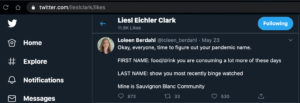
Liesl Clark was appointed by Governor Gretchen Whitmer. The story taking shape to all this is the leadership of Whitmer, Nessel, and Clark are acting as if they’re absolved from culpability in the dam failure when their actions or lack of actions have certainly played a part in this tragedy. Michigan leadership is not putting safety first or erring on the side of caution. Michigan leadership does not seem to be working with dam owners but instead has become so adversarial that the State is suing the dam owner when money is desperately needed for safety related repairs. Bullying the dam owner into being scared to lower the lake levels to safe levels, regardless of the dam owners shortcomings, was an important failure leading up to this tragedy. Spending too much time being snarky & cheeky on Twitter when Michigan should be showing complete seriousness is a sad commentary. Negligence by State leaders with the stewardship of our our most precious resource [our freshwater] is part of this story. Michigan’s director of EGLE is tweeting jokes & nonsense after this crisis instead of knee deep in floodwater showing solidarity with people who’s lives have been irrevocably devastated on her watch from what appears to be a preventable disaster. Liesl Clark has said nothing official on her Twitter in the six days since this catastrophe occurred.
I know our leaders can’t stop every problem & have to react to tough situations with lots of people coming at them. But, it’s sad to see no seriousness or serious message from our Director of EGLE about this crisis that happened on her watch with her department in charge. One would hope we could get some seriousness or show of kinship from the top position of the EGLE/MDEQ.

Please read the two documents that are linked in the introduction of this article and decide for yourself where the investigation should go. RMP is not writing this post at the behest of any political lobbying group nor has RMP ever accepted money from any politically affiliated group. RMP cares about the water first and foremost as motivation to write about & grieve about this terrible tragedy. The water is the true victim.
Lost in the near term chaos of this catastrophic environmental event is just how deep the damage goes beyond financial. The dioxins at Dow Chemical downstream of Lake Wixom are a known issue by all Michiganders. The sediment on the river banks of the Tittabawassee is polluted with dioxins & dioxin like compounds (TCDD, Furans, PCBs). The containment ponds not 10 feet away from the contaminated river banks were breached in this colossal failure of the Edenville Dam. The overflow of the Dow Chemical containment ponds has washed out to Lake Huron. The damage is done. Fish are dead and where we pull our drinking water just got nastier.
Whitmer’s & Clark’s decision to market the DEQ as the EGLE cost a lot of money. It’s a microcosm of how the Whitmer administration has misappropriated focus & poorly allocated money meant for substantive environmental funding like fixing dams. Whitmer substituted investments in dams and instead spent on marketing. New EGLE letterhead, business cards, catalogs of digital logos needed to be created, graphic designers hired to make the logo, the logo had to be replaced in 1000s of URLs and standard forms throughout the entire department top to bottom. Tens of millions of dollars of previously published materials with MDEQ letterhead & credits are now disconnected from the mothership MDEQ.
This is Whitmer’s & Clark’s decision to spend our tax dollars on marketing instead of substantive environmental protection or new energy solutions to create jobs. A lot of fingers will be pointed in the coming weeks because this is big. Lake Huron is now more polluted because of this and fingers will point. There needs to be a serious investigation into the motivations behind setting “legal levels” to the four lakes as it regards safety. The mussels story is not legitimate. To even elude to climate change as the cause this dam failure is not legitimate. Let’s point our fingers toward investigating whether safety trumped aesthetics. Lake Huron has been sullied. This disaster could have been avoided. The EGLE should not be able to investigate itself on this one. We need an independent investigation as the EGLE & Dana Nessel have culpability & a conflict of interest in investigating the Edenville Dam failure.


